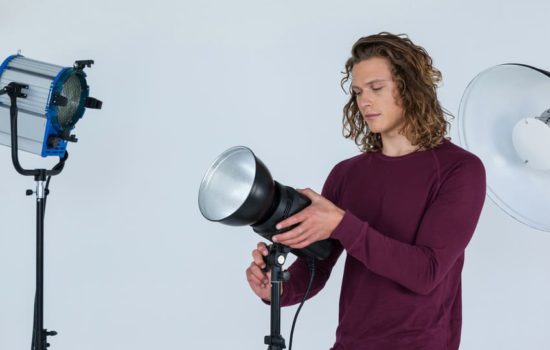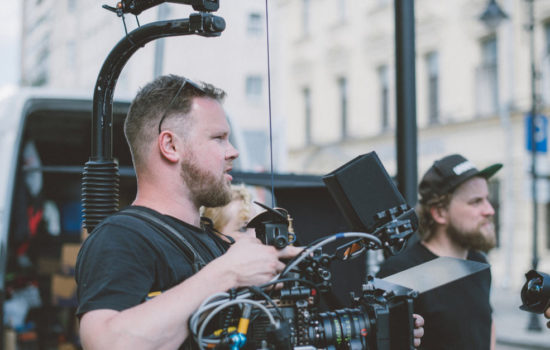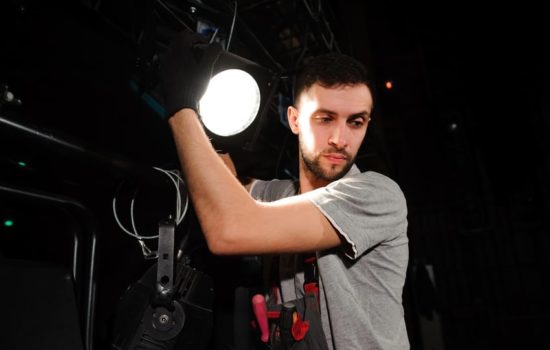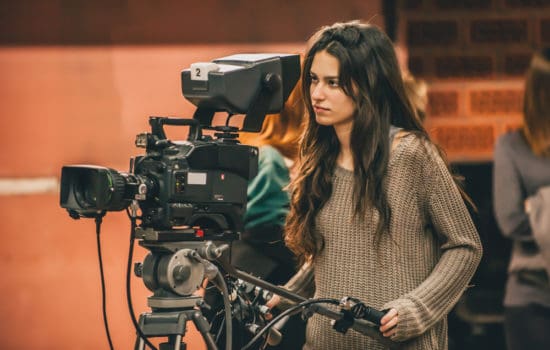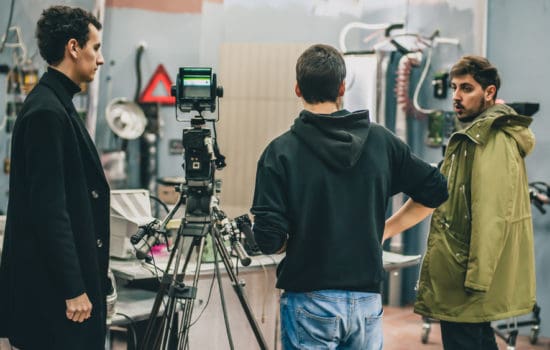The editing process begins even before a filmmaker takes a seat in front of a computer. Why? Because every type of media must be approached in a different way. For instance, the style chosen for editing a horror feature will differ from that for editing a comedic digital series.
And editing for those two mediums will differ as well from that for a television drama or experimental short.1
Even if a filmmaker decides to hire another person to edit their footage, it’s important to understand the different rhythms of various entertainment media, which will help to inform how the piece will eventually come together.
How do beginners edit videos?
For someone just starting out in video editing, there have never been so many opportunities to learn this craft. Some beginners may choose to taking editing classes. Far from requiring a multi-year commitment to a college or university, students can now sign up for courses lasting anywhere from a few weeks to a few months through both local and online schools. Even a search of YouTube can provide multiple options for video editing tutorials.
Some beginners may alternately decide to self-train themselves video editing. Many software platforms are both highly intuitive and easily followable for those just learning this valuable skill. Though most definitely a process of trial and error, this option requires no tuition (outside of the cost of the software itself) or time commitments. Students can learn according to the schedule that works best for them.
Should you learn video editing?
Even if your end goal is not to be a Video Editor, understanding video editing can be a valuable professional skill. Let’s say your career aspiration is to be a Film Director. Understanding how storytelling is told through editing and knowing how to communicate with your future Editor are key to crafting the movie you envision.
There’s an old adage that “a film is made three times: first on the page, then on set, and finally in the edit.” Having even baseline knowledge of video editing will only help you become a more proficient filmmaker no matter what your particular specialty is.



